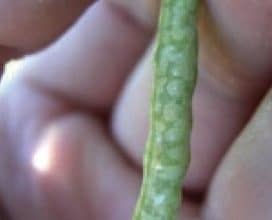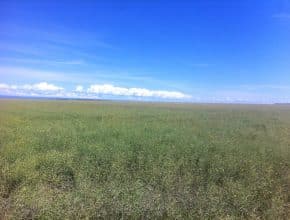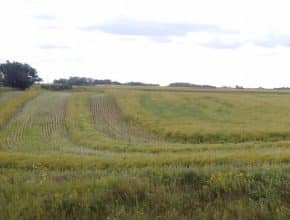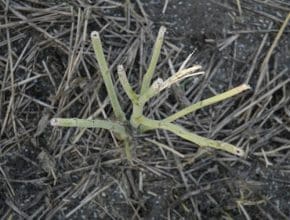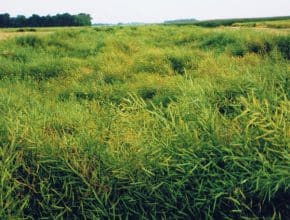Some growers are reporting high numbers of adult flea beetles. Adults emerge from pupae in late July and August and overwinter to feed on young canola seedlings the following spring. These same adults do feed now, but Julie Soroka and Larry Grenkow (Can. J. Plant Sci. 2012: 97-107) found that flea beetle feeding on canola in late-summer is rarely an…
Canola Watch Posts
-
-
-
-
-
Crazy infestations get the trigger finger itchy. What would you do if you saw these in a canola field?…
-
Still wondering when to swath uneven crops? If earliest plants in a field show obvious signs of maturity, with lots of seed colour change on the main stem, then cut the first two rounds. Two full rounds give a good impression of the state of the whole field. And the cleared space makes it much easier to quickly check a…
-
-
(1) When spraying and prior to swathing or straight combining, stick to the pre-harvest interval (PHI) unique to each product. (2) Remember that canola buyers will be asking producers to declare if they have used quinclorac this year. (3) When prepping bins, follow canola storage recommendations…
-
Whatever the cause for lodging — wind, rain, late-season hail — the crop will present a harvest challenge. Swathing low to the ground doesn’t leave much stubble to hold the swaths in a wind. Swathing lodged crop often leaves a lot of bunches in the windrow. And lodged crop may need to be swathed in the same direction. Neither of…

